The three swordsmen in docker refer to swarm, compose and machine. Compose is a tool used to define and run one or more containers and applications; Machine is a command line tool that simplifies Docker installation; Swarm is a tool provided by the community that natively supports Docker clusters.

The operating environment of this tutorial: linux5.9.8 system, docker-1.13.1 version, Dell G3 computer.
The three swordsmen in docker containers are swarm, compose and machine.
Compose
1. Overview
In an actual production environment, an application is often composed of many services , and the best practice of Docker is that a container only runs one process, so running multiple microservices requires running multiple containers. Multiple containers working together require an effective tool to manage them and define how these containers relate to each other. compose came into being.
compose is a tool used to define and run one or more containers (usually multiple) to run and apply. Using compose can simplify the construction of container images and the running of containers.
compose uses YAML files to define relationships between multiple containers. A docker-compose up can run the complete application. Essentially, compose parses the YAML file into the parameters of the docker command, and then calls the corresponding docker command line interface to manage the application in a containerized manner. It starts containers sequentially by resolving dependencies between containers. Dependencies between containers are specified by the links tag in the YAML file.
2. Introduction to compose configuration
Compose is an encapsulation of docker commands, and docker-compose.yml is used by default The file specifies the parameters in each command.
A simple example:
web: build: . ports: - 8080:80 volumes: - . : /code links: - redis redis: image: redis
This YAML file defines two services: Web and Redis. The name of the service is customized by the user. The image that provides the Web service is built from the Dockerfile; the Web service listens to port 80 and maps it to the host's port 8080; the current directory of the host is mounted to the /code directory in the container; the Web server accesses the backend Redis database by linking to the Redis container. . The Redis database service is provided by running the Redis image.
In the docker-compose.yml file, each defined service contains at least one of build or image, and other commands are optional. The build command specifies the directory containing the Dockerfile, which can be a relative directory or an absolute directory.
The "ports" tag in the docker-compose.yml file corresponds to the "-p" option of docker run; the "volumes" tag corresponds to the "-v" option of docker run; the "links" tag corresponds to docker run The "--links" option.
In addition, image is used to specify the image of the service.
Finally, execute the docker-compose up command in the directory where docker-compose.yml is located, and the Web and Redis services will run successfully.
Machine
1. Overview
Docker Machine is a command line tool that simplifies Docker installation. Docker can be installed on the corresponding platform through a simple command line, providing users with flexible functions so that they can run Docker containers on any host. Simply put, a Docker Machine is a combination of a Docker host and a configured Docker client.
Technically speaking, Machine is a framework and is relatively open. For any platform that provides virtual machine services, as long as a driver for the platform is developed under this framework, Docker Machine can be integrated into the platform and perform actions such as creation, deletion, startup, and stop on the platform.
The architecture of Docker Machine is shown in the figure

2. Basic concepts and processes of Machine
Docker Machine first creates a virtual machine and a Docker host on it, and then uses the Docker client to communicate with the Docker host to create an image on the Docker host and start the container.
When using Docker Machine to create a virtual machine, you need to develop the corresponding driver. Currently, the drivers that support this machine include VirtualBox driver, VMware driver and Hyper-V driver under Windows. In addition, Machine also supports the creation of cloud hosts. As long as a driver that conforms to the framework specifications is developed, Docker Machine can support the corresponding platform.
The IP address of the Docker host created by Machine is the IP address of the virtual machine created.
The running process of using Docker Machine and VirtualBox driver to create a local virtual machine and build Docker host is as follows:
Execute the
docker-machine create --driver virtualbox devcommand. This command first creates a CA certificate for communication between Docker client and Docker host. Next, create a VirtualBox virtual machine, configure TLS parameters for communication and configure the network, and finally deploy the Docker operating environment, that is, Docker host.Run the
eval "$(docker-machine env dev)"command in the Docker client to configure the environment variables used for Docker host communication.Use docker related commands to create or start the corresponding container.
Swarm
1. Overview
Swarm is the Docker community Provides tools that natively support Docker clusters. It can convert a system composed of multiple Docker hosts into a single virtual Docker host. Swarm provides two APIs to the outside world. One is the standard Docker API, such as Dokku, Compose, Krane, Flynn, Deis, Jenkins, etc.; the other is Swarm's cluster management API, which is used for cluster management.
The Swarm tool itself is not very mature and is not recommended for use in production environments.
And Google’s open source Kubernetes is currently the most popular orchestration and deployment tool in the container ecosystem.
The architecture of Kubernetes is based on a Master server with multiple Minion nodes. I haven’t come into contact with K8s yet. I will summarize it here after I learn more about it.
K8s Architecture Block Diagram

Component explanation:
- Master: Master server, running the management process of kebernetes , including API services, backup controllers and schedulers, etc.
- Minion: The host of Kubelet service and Docker engine. Minion accepts instructions from Master
- Kubelet: Kubernetes node-level manager, running on Minion
- Pod: Multiple A collection of containers, and these containers run on the same Minion. Pod is the smallest management unit of K8s
- Replication Controller: manages the life cycle of Pod
- Service: defines the services and ports that allow the container to be exposed, as well as external agents for communication and interaction
- Kubecfg: Command line interface, interacts with the Master, and requests the deployment and management of application services
Recommended learning: "docker video tutorial"
The above is the detailed content of What do the Three Musketeers in docker mean?. For more information, please follow other related articles on the PHP Chinese website!
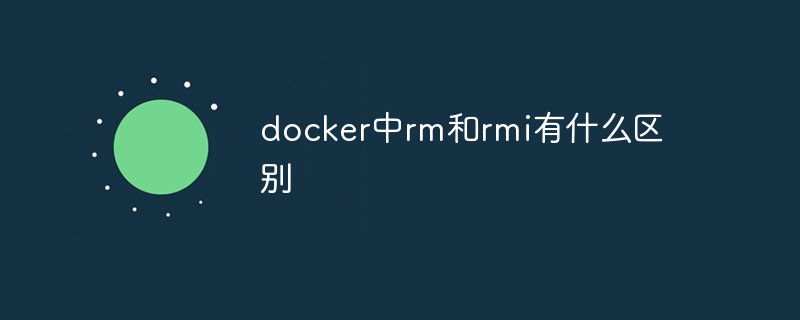 docker中rm和rmi有什么区别Jul 14, 2022 am 11:02 AM
docker中rm和rmi有什么区别Jul 14, 2022 am 11:02 AMdocker中rm和rmi的区别:rm命令用于删除一个或者多个容器,而rmi命令用于删除一个或者多个镜像;rm命令的语法为“docker rm [OPTIONS] CONTAINER [CONTAINER...]”,rmi命令的语法为“docker rmi [OPTIONS] IMAGE [IMAGE...]”。
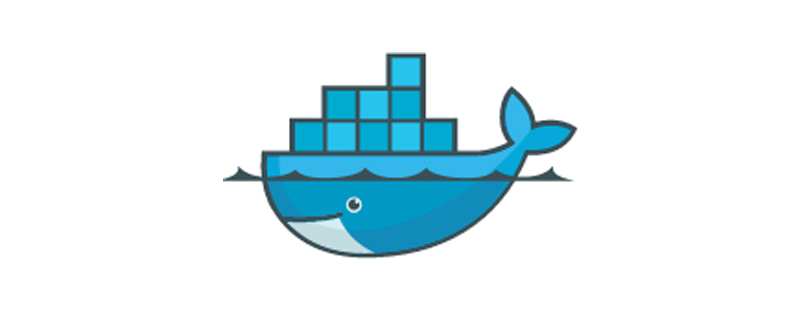 docker官方镜像有哪些May 12, 2022 pm 02:23 PM
docker官方镜像有哪些May 12, 2022 pm 02:23 PMdocker官方镜像有:1、nginx,一个高性能的HTTP和反向代理服务;2、alpine,一个面向安全应用的轻量级Linux发行版;3、busybox,一个集成了三百多个常用Linux命令和工具的软件;4、ubuntu;5、PHP等等。
 docker容器重启后数据会丢吗Jun 17, 2022 am 10:41 AM
docker容器重启后数据会丢吗Jun 17, 2022 am 10:41 AMdocker容器重启后数据会丢失的;但是可以利用volume或者“data container”来实现数据持久化,在容器关闭之后可以利用“-v”或者“–volumes-from”重新使用以前的数据,docker也可挂载宿主机磁盘目录,用来永久存储数据。
 docker是免费的吗Jul 08, 2022 am 11:21 AM
docker是免费的吗Jul 08, 2022 am 11:21 AMdocker对于小型企业、个人、教育和非商业开源项目来说是免费的;2021年8月31日,docker宣布“Docker Desktop”将转变“Docker Personal”,将只免费提供给小型企业、个人、教育和非商业开源项目使用,对于其他用例则需要付费订阅。
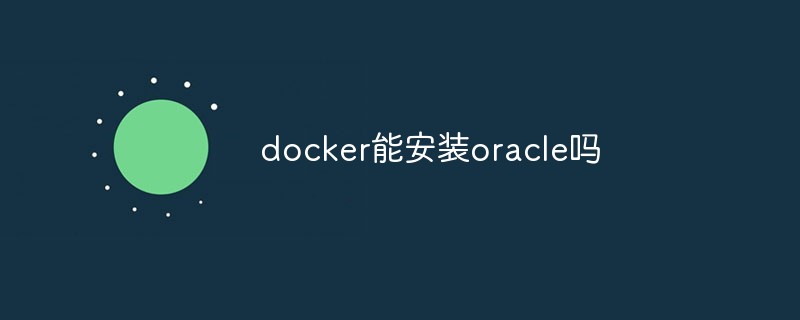 docker能安装oracle吗Jul 08, 2022 pm 04:07 PM
docker能安装oracle吗Jul 08, 2022 pm 04:07 PMdocker能安装oracle。安装方法:1、拉取Oracle官方镜像,可以利用“docker images”查看镜像;2、启动容器后利用“docker exec -it oracle11g bash”进入容器,并且编辑环境变量;3、利用“sqlplus /nolog”进入oracle命令行即可。
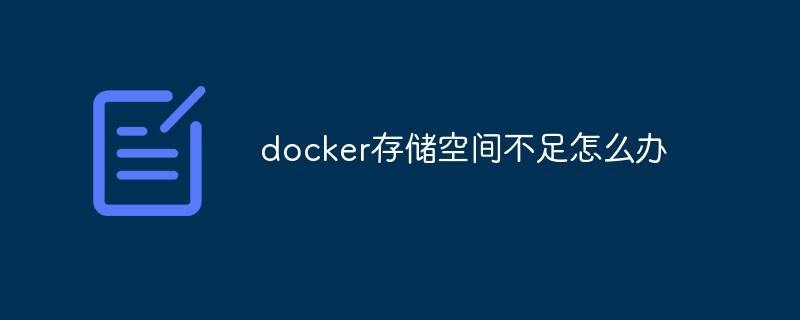 docker存储空间不足怎么办Jul 22, 2022 pm 03:44 PM
docker存储空间不足怎么办Jul 22, 2022 pm 03:44 PM解决方法:1、停止docker服务后,利用“rsync -avz /var/lib/docker 大磁盘目录/docker/lib/”将docker迁移到大容量磁盘中;2、编辑“/etc/docker/daemon.json”添加指定参数,将docker的目录迁移绑定;3、重载和重启docker服务即可。
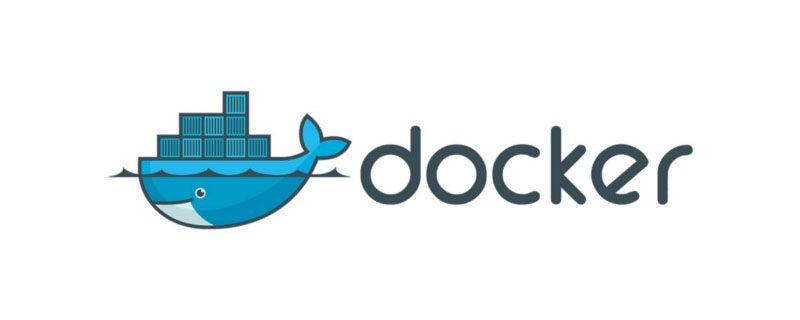 docker容器管理ui有哪些May 11, 2022 pm 03:39 PM
docker容器管理ui有哪些May 11, 2022 pm 03:39 PM容器管理ui工具有:1、Portainer,是一个轻量级的基于Web的Docker管理GUI;2、Kitematic,是一个GUI工具,可以更快速、更简单的运行容器;3、LazyDocker,基于终端的一个可视化查询工具;4、DockStation,一款桌面应用程序;5、Docker Desktop,能为Docker设置资源限制,比如内存,CPU,磁盘镜像大小;6、Docui。
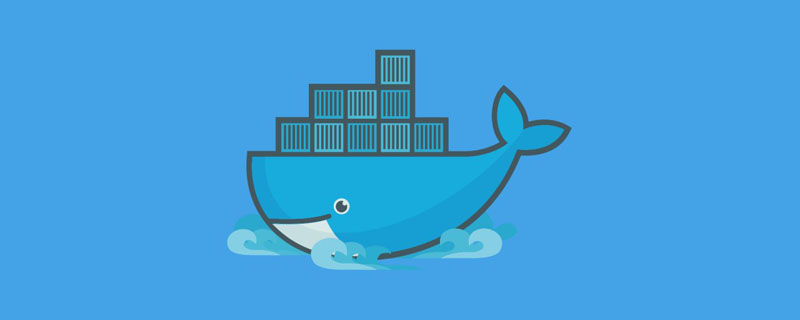 什么是docker最早支持的存储引擎May 12, 2022 pm 03:27 PM
什么是docker最早支持的存储引擎May 12, 2022 pm 03:27 PMAUFS是docker最早支持的存储引擎。AUFS是一种Union File System,是文件级的存储驱动,是Docker早期用的存储驱动,是Docker18.06版本之前,Ubuntu14.04版本前推荐的,支持xfs、ext4文件。


Hot AI Tools

Undresser.AI Undress
AI-powered app for creating realistic nude photos

AI Clothes Remover
Online AI tool for removing clothes from photos.

Undress AI Tool
Undress images for free

Clothoff.io
AI clothes remover

AI Hentai Generator
Generate AI Hentai for free.

Hot Article

Hot Tools

Zend Studio 13.0.1
Powerful PHP integrated development environment

Notepad++7.3.1
Easy-to-use and free code editor

Atom editor mac version download
The most popular open source editor

SAP NetWeaver Server Adapter for Eclipse
Integrate Eclipse with SAP NetWeaver application server.

MinGW - Minimalist GNU for Windows
This project is in the process of being migrated to osdn.net/projects/mingw, you can continue to follow us there. MinGW: A native Windows port of the GNU Compiler Collection (GCC), freely distributable import libraries and header files for building native Windows applications; includes extensions to the MSVC runtime to support C99 functionality. All MinGW software can run on 64-bit Windows platforms.







